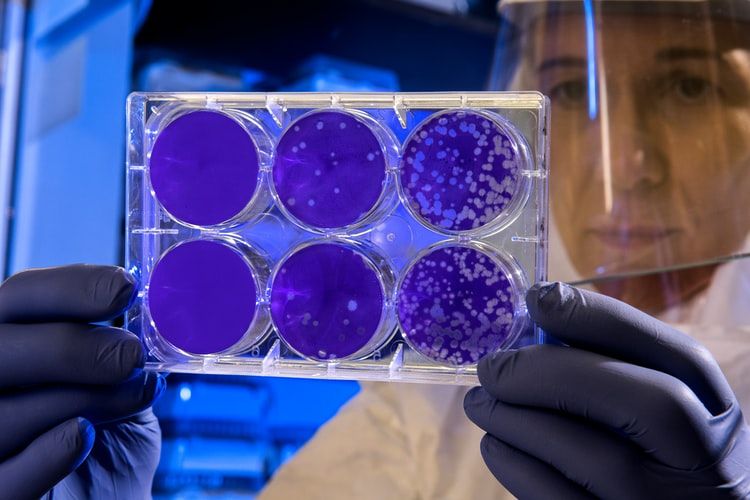The case of Stephanie Isaacson’s murder, which happened in 1989, had gone cold after law enforcement authorities were unable to solve it. However, very limited amount of DNA of a suspect was used by police to solve the murder recently. Media reports suggest the only an equivalent of 15 human cells remained.
US law enforcement officials said on Wednesday that they were able to solve the case using public genealogy data and genome sequencing, according to reports from BBC.
Also Read: US ‘Incel’ man arrested for planning to carry out shooting targetting females
Stephanie Isaacson was a 14-year-old when she was murdered about 32 years ago. Her remains were found on the usual route she took while going to her school in Nevada’s Las Vegas. She had reportedly been strangled and assaulted.
Darren Roy Marchand, her alleged killer, was accused of the crime but was never convicted and later died in 1995 by suicide, according to reports from BBC.
The case was again picked up by police earlier this year. The remaining DNA samples were sent over to a genome-sequencing lab in Texas called Othram, which specialises in analysing evidence of cold cases.
Around 750-1,000 nanograms of samples were picked up by the authorities and were uploaded to public websites specialising in ancestry or health. The sample only carried about 15 human cells, BBC reported.
Also Read: Swedish prisoners take guards hostage, demand pizza as ransom
“This was a huge milestone. When you can access information from such a small amount of DNA, it really opens up the opportunity to so many other cases that have been historically considered cold and unsolvable”, the chief of Othram labs told BBC.
Othram lab has also taken up cases that date back to 1881.
Stephanie Isaacson’s mother, who spoke at a press conference earlier this week said, “I’m glad they found who murdered my daughter” adding that she did not believe the case could be solved anymore.







